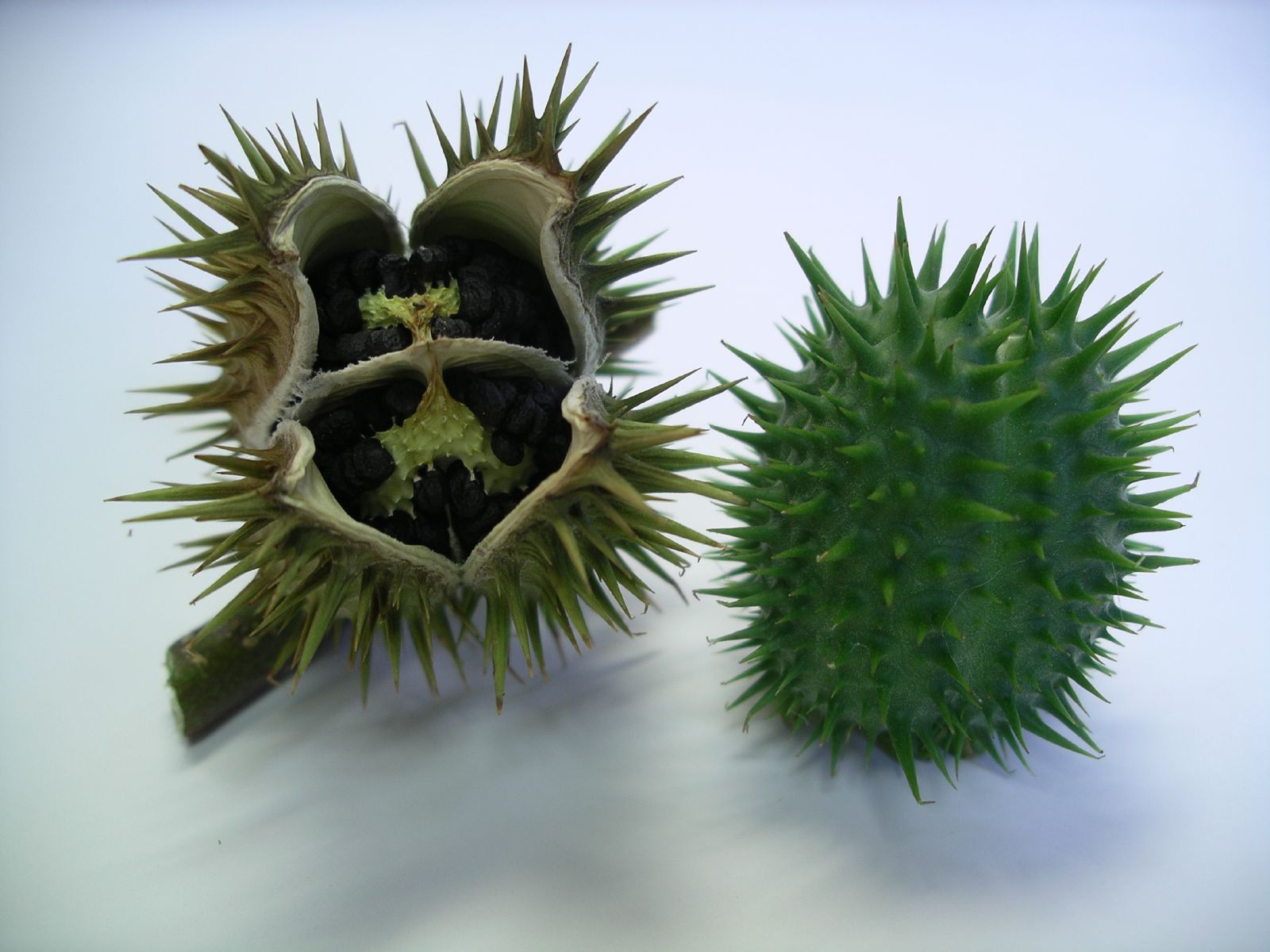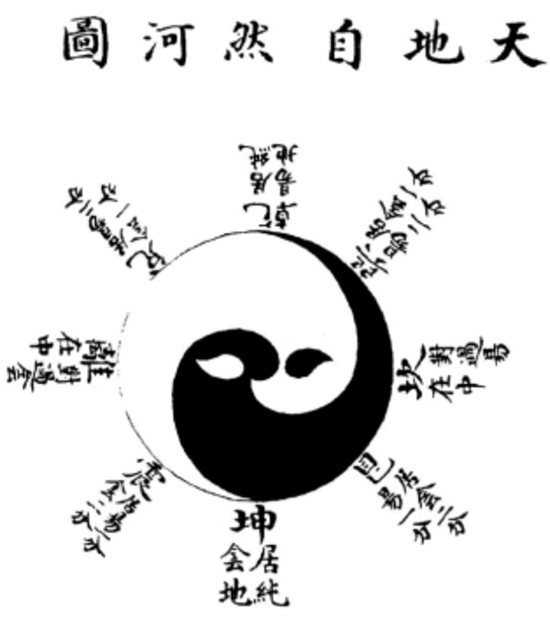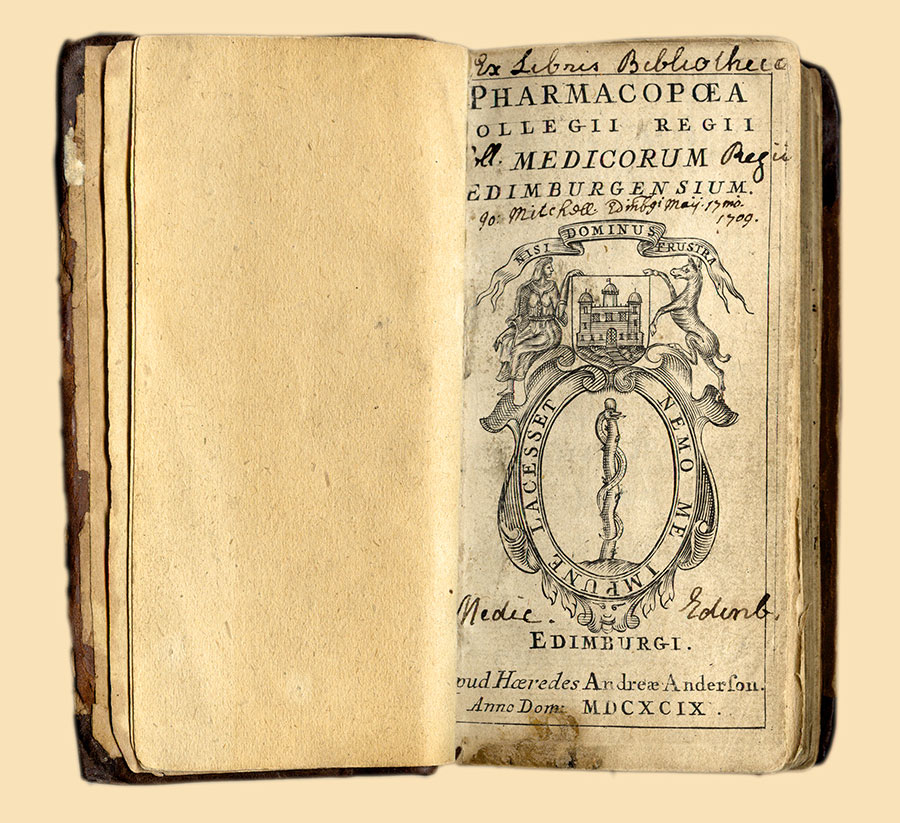|
Pharmacy In China
Pharmacy in China involves the activities engaged in the preparation, standardization and dispensing of drugs, and its scope includes the cultivation of plants that are used as drugs, the synthesis of chemical compounds of medicinal value, and the analysis of medicinal agents. Pharmacists in China are responsible for the preparation of the dosage forms of drugs, such as tablets, capsules, and sterile solutions for injection. They compound physicians', dentists', and veterinarians' prescriptions for drugs. Pharmacological activities are also closely related to pharmacy in China. There are two main streams of pharmaceutical practice in China, traditional Chinese medicine (TCM) and modern pharmacy. Hospital and community pharmacies are responsible for the dispensing of medicinals used for both streams of pharmaceutical practice. Around fifty colleges of pharmacy offer pharmacy education, half of which provide a Western medicine approach and the other half traditional Chinese medic ... [...More Info...] [...Related Items...] OR: [Wikipedia] [Google] [Baidu] |
Pharmacy
Pharmacy is the science and practice of discovering, producing, preparing, dispensing, reviewing and monitoring medications, aiming to ensure the safe, effective, and affordable use of medication, medicines. It is a miscellaneous science as it links health sciences with pharmaceutical sciences and natural sciences. The professional practice is becoming more clinically oriented as most of the drugs are now manufactured by pharmaceutical industries. Based on the setting, pharmacy practice is either classified as community or institutional pharmacy. Providing direct patient care in the community of institutional pharmacies is considered clinical pharmacy. The scope of pharmacy practice includes more traditional roles such as compounding and dispensing of medications. It also includes more modern services related to health care including clinical services, reviewing medications for safety and efficacy, and providing drug information with patient counselling. Pharmacists, therefore, ... [...More Info...] [...Related Items...] OR: [Wikipedia] [Google] [Baidu] |
Pharmacist
A pharmacist, also known as a chemist in English in the Commonwealth of Nations, Commonwealth English, is a healthcare professional who is knowledgeable about preparation, mechanism of action, clinical usage and legislation of medications in order to dispense them safely to the public and to provide consultancy services. A pharmacist also often serves as a primary care provider in the community and offers services, such as health screenings and immunizations. Pharmacists undergo university or graduate-level education to understand the biochemical mechanisms and actions of drugs, drug uses, therapeutic roles, side effects, potential drug interactions, and monitoring parameters. In developing countries, a diploma course from approved colleges qualifies one for pharmacist role. This is mated to anatomy, physiology, and pathophysiology. Pharmacists interpret and communicate this specialized knowledge to patients, physicians, and other health care providers. Among other licensing ... [...More Info...] [...Related Items...] OR: [Wikipedia] [Google] [Baidu] |
Physician
A physician, medical practitioner (British English), medical doctor, or simply doctor is a health professional who practices medicine, which is concerned with promoting, maintaining or restoring health through the Medical education, study, Medical diagnosis, diagnosis, prognosis and therapy, treatment of disease, injury, and other physical and mental impairments. Physicians may focus their practice on certain disease categories, types of patients, and methods of treatment—known as Specialty (medicine), specialities—or they may assume responsibility for the provision of continuing and comprehensive medical care to individuals, families, and communities—known as general practitioner, general practice. Medical practice properly requires both a detailed knowledge of the Discipline (academia), academic disciplines, such as anatomy and physiology, pathophysiology, underlying diseases, and their treatment, which is the science of medicine, and a decent Competence (human resources ... [...More Info...] [...Related Items...] OR: [Wikipedia] [Google] [Baidu] |
Ephedra (plant)
''Ephedra'' is a genus of gymnosperm shrubs. there were 77 recognized species. The various species of ''Ephedra'' are widespread in many arid regions of the world, ranging across southwestern North America, southern Europe, northern Africa, southwest and central Asia, northern China, and western South America. It is the only extant genus in its family, Ephedraceae, and order, Ephedrales, and one of the three living members of the division Gnetophyta alongside ''Gnetum'' and ''Welwitschia.'' In temperate climates, most ''Ephedra'' species grow on shores or in sandy soils with direct sun exposure. Common names in English include joint-pine, jointfir, Mormon-tea, or Brigham tea. The Chinese name for ''Ephedra'' species is ''mahuang'' (). ''Ephedra'' is the origin of the name of the stimulant ephedrine, which the plants contain in significant concentration. Description The family Ephedraceae, of which ''Ephedra'' is the only extant genus, are gymnosperms, and generally shrubs, ... [...More Info...] [...Related Items...] OR: [Wikipedia] [Google] [Baidu] |
Cinnamon Bark
Cinnamon is a spice obtained from the inner bark of several tree species from the genus ''Cinnamomum''. Cinnamon is used mainly as an aromatic condiment and flavouring additive in a wide variety of cuisines, sweet and savoury dishes, biscuits, breakfast cereals, snack foods, bagels, teas, hot chocolate and traditional foods. The aroma and flavour of cinnamon derive from its essential oil and principal component, cinnamaldehyde, as well as numerous other constituents, including eugenol. Cinnamon is the name for several species of trees and the commercial spice products that some of them produce. All are members of the genus ''Cinnamomum'' in the family Lauraceae. Only a few ''Cinnamomum'' species are grown commercially for spice. ''Cinnamomum verum'' (alternatively ''C. zeylanicum''), known as "Ceylon cinnamon" after its origins in Sri Lanka (formerly Ceylon), is considered to be "true cinnamon", but most cinnamon in international commerce is derived from four other species, usu ... [...More Info...] [...Related Items...] OR: [Wikipedia] [Google] [Baidu] |
Stramonium
''Datura stramonium'', known by the common names thornapple, jimsonweed (jimson weed), or devil's trumpet, is a poisonous flowering plant in the '' Daturae'' tribe of the nightshade family Solanaceae. Its likely origin was in Central America, and it has been introduced in many world regions. It is an aggressive invasive weed in temperate climates and tropical climates across the world. ''D. stramonium'' has frequently been employed in traditional medicine to treat a variety of ailments. It has also been used as a hallucinogen (of the anticholinergic/antimuscarinic, deliriant type), taken entheogenically to cause intense, sacred or occult visions.Schultes, Richard Evans; Albert Hofmann (1979). ''Plants of the Gods: Origins of Hallucinogenic Use'' New York: McGraw-Hill. . It is unlikely ever to become a major drug of abuse owing to effects upon both mind and body frequently perceived as being highly unpleasant, giving rise to a state of profound and long-lasting disorientation o ... [...More Info...] [...Related Items...] OR: [Wikipedia] [Google] [Baidu] |
Ginseng
Ginseng () is the root of plants in the genus ''Panax'', such as South China ginseng (''Panax notoginseng, P. notoginseng''), Korean ginseng (''Panax ginseng, P. ginseng''), and American ginseng (''American ginseng, P. quinquefolius''), characterized by the presence of ginsenosides and gintonin. Ginseng is common in the cuisines and medicines of China and Korea. Ginseng has been used in traditional medicine over centuries, though modern clinical research is inconclusive about its medical effectiveness. There is no substantial evidence that ginseng is effective for treating any medical condition and it has not been approved by the US Food and Drug Administration (FDA) to treat or prevent a disease or to provide a health benefit. Although ginseng is sold as a dietary supplement, inconsistent manufacturing practices for supplements have led to analyses of some ginseng products contaminated with unrelated filler (materials), filler compounds, and its excessive use may ... [...More Info...] [...Related Items...] OR: [Wikipedia] [Google] [Baidu] |
Rhubarb
Rhubarb is the fleshy, edible stalks ( petioles) of species and hybrids (culinary rhubarb) of ''Rheum'' in the family Polygonaceae, which are cooked and used for food. The plant is a herbaceous perennial that grows from short, thick rhizomes. Historically, different plants have been called "rhubarb" in English. The large, triangular leaves contain high levels of oxalic acid and anthrone glycosides, making them inedible. The small flowers are grouped in large compound leafy greenish-white to rose-red inflorescences. The precise origin of culinary rhubarb is unknown. The species '' Rheum rhabarbarum'' (syn. ''R. undulatum'') and '' R. rhaponticum'' were grown in Europe before the 18th century and used for medicinal purposes. By the early 18th century, these two species and a possible hybrid of unknown origin, ''R.'' × ''hybridum'', were grown as vegetable crops in England and Scandinavia. They readily hybridize, and culinary rhubarb was developed by selecti ... [...More Info...] [...Related Items...] OR: [Wikipedia] [Google] [Baidu] |
Podophyllum
''Podophyllum'' is a genus of flowering plant in the family Berberidaceae, native from Afghanistan to China, and from southeast Canada to the central and eastern United States. The genus was first described by Carl Linnaeus in 1753. Taxonomy The taxonomic status of the genus has varied. Some sources transferred all but ''Podophyllum peltatum'' to other genera, such as ''Dysosma'' and ''Sinopodophyllum''. , Plants of the World Online regarded these genera as synonyms of ''Podophyllum''. Species , Plants of the World Online accepted the following species: *''Podophyllum aurantiocaule'' Hand.-Mazz. *''Podophyllum cymosum'' (Michx.) Christenh. & Byng *''Podophyllum delavayi'' Franch. *''Podophyllum difforme'' Hemsl. & E.H.Wilson *''Podophyllum emeiense'' (J.L.Wu & P.Zhuang) J.M.H.Shaw *''Podophyllum glaucescens'' J.M.H.Shaw *''Podophyllum grayi'' (F.Schmidt) Christenh. & Byng *''Podophyllum guangxiense'' (Y.S.Wang) J.M.H.Shaw *''Podophyllum hemsleyi'' J.M.H.Shaw & Stearn *''Podophyl ... [...More Info...] [...Related Items...] OR: [Wikipedia] [Google] [Baidu] |
Bagua (concept)
The ''bagua'' ( zh, c=八卦, p=bāguà, l=eight trigrams) is a set of symbols from China intended to illustrate the nature of reality as being composed of mutually opposing forces reinforcing one another. ''Bagua'' is a group of trigrams—composed of three lines, each either "broken" or "unbroken", which represent yin and yang, respectively. Each line having two possible states allows for a total of 23 = 8 trigrams, whose early enumeration and characterization in China has had an effect on the history of Chinese philosophy and cosmology. The trigrams are related to the divination practice as described within the ''I Ching'' and practiced as part of the Shang and Zhou state religion, as well as with the concepts of '' taiji'' and the five elements within traditional Chinese metaphysics. The trigrams have correspondences in astronomy, divination, meditation, astrology, geography, geomancy (feng shui), anatomy, decorative arts, the family, martial arts (particularly tai chi an ... [...More Info...] [...Related Items...] OR: [Wikipedia] [Google] [Baidu] |
Pharmacopoeia
A pharmacopoeia, pharmacopeia, or pharmacopoea (or the typographically obsolete rendering, ''pharmacopœia''), meaning "drug-making", in its modern technical sense, is a reference work containing directions for the identification of compound medicines. These are published or sanctioned by a government or a medical or pharmaceutical society, giving the work legal authority within a specified jurisdiction. In a broader sense it is a collection of pharmaceutical drug specifications. Descriptions of the individual preparations are called monographs. Etymology The term derives from "making of (healing) medicine, drug-making", a compound of "medicine, drug, poison" (), with the verb "to make" (), and the abstract noun suffix -ία ''-ia''. In early modern editions of Latin texts, the Greek diphthong οι (''oi'') is latinized to its Latin equivalent ''oe'' which is in turn written with the ligature ''œ'', giving the spelling ''pharmacopœia''; in modern UK English, ''œ'' is ... [...More Info...] [...Related Items...] OR: [Wikipedia] [Google] [Baidu] |







